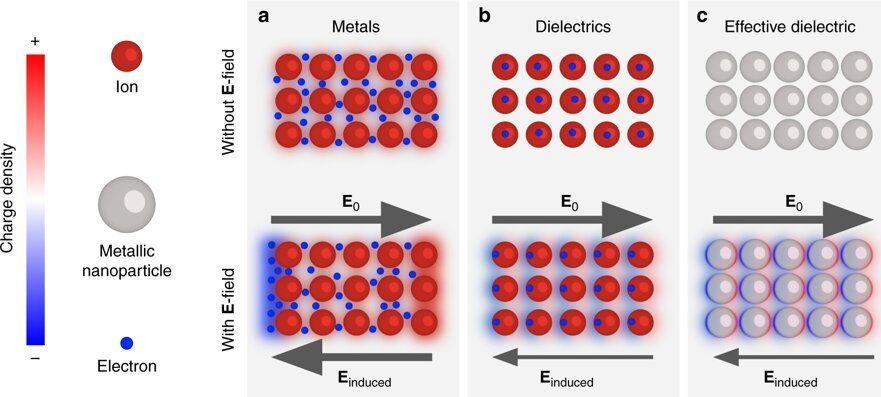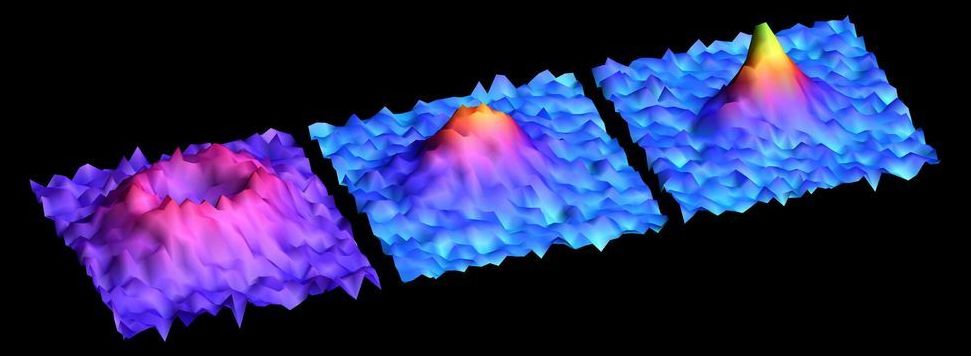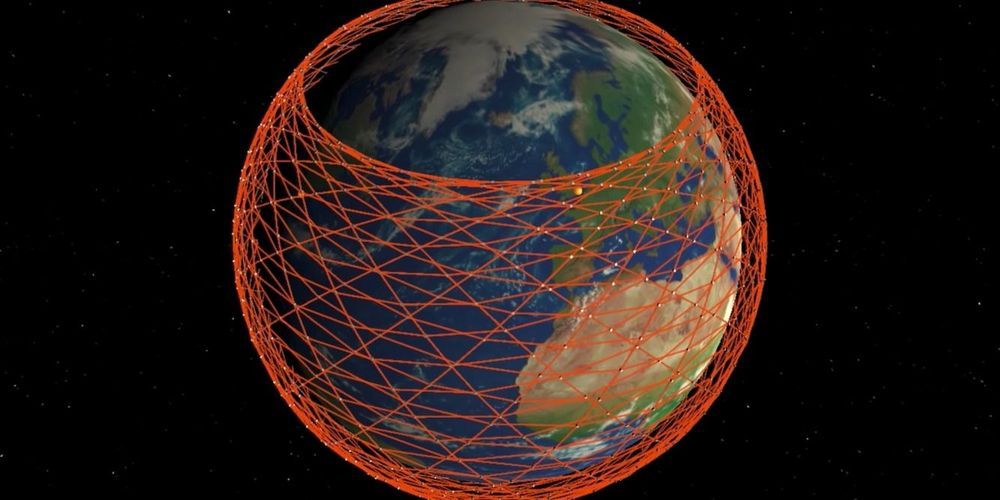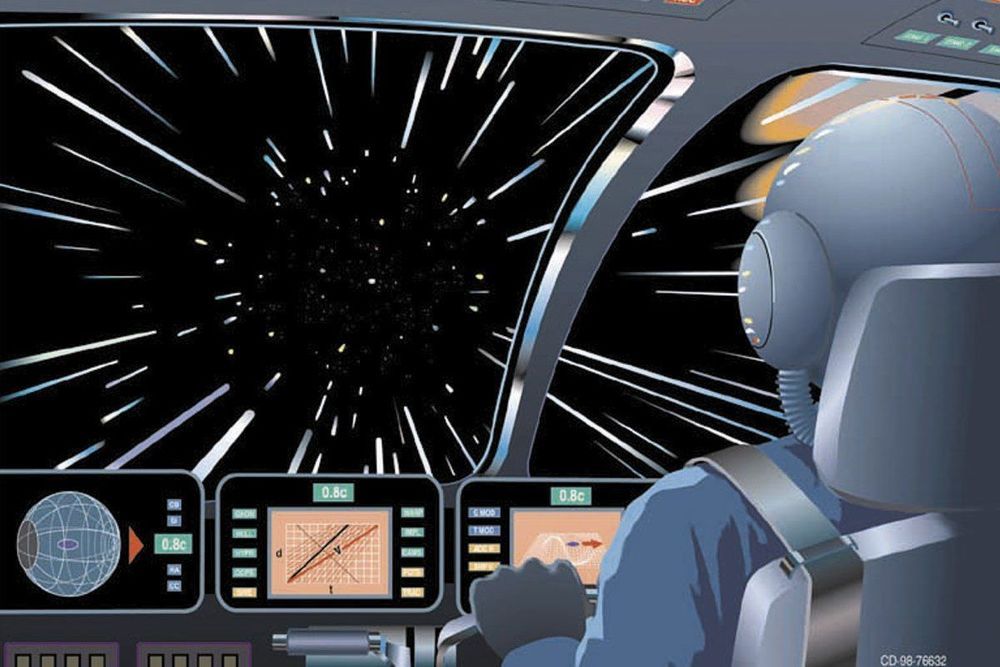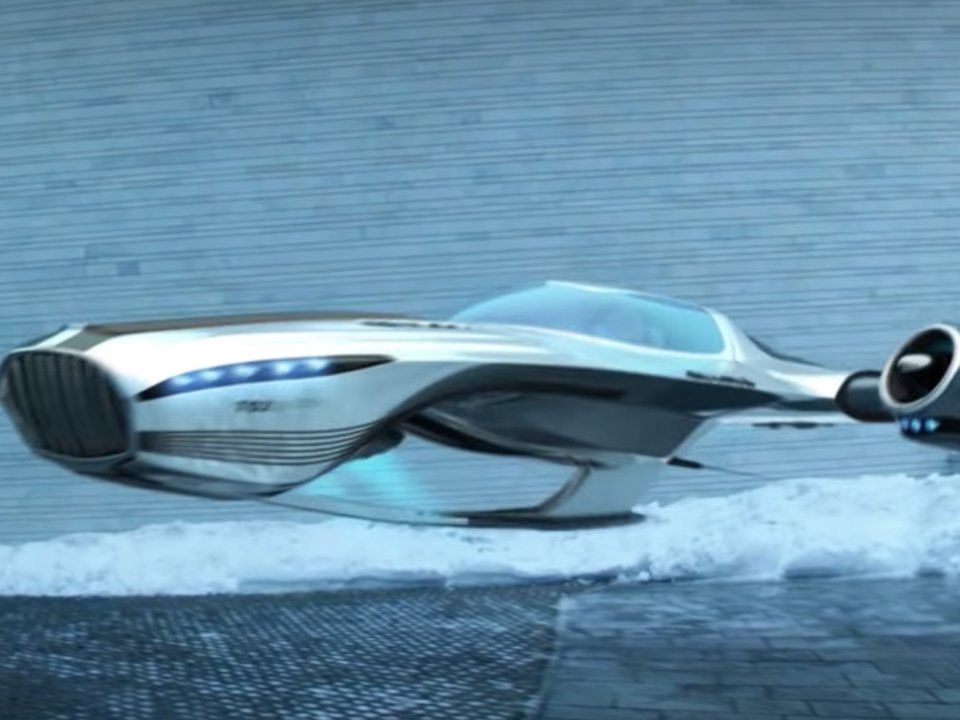May 17, 2019
Extraordinarily transparent compact metallic metamaterials
Posted by Quinn Sena in categories: nanotechnology, particle physics
In materials science, achromatic optical components can be designed with high transparency and low dispersion. Materials scientists have shown that although metals are highly opaque, densely packed arrays of metallic nanoparticles with more than 75 percent metal by volume can become more transparent to infrared radiation than dielectrics such as germanium. Such arrays can form effective dielectrics that are virtually dispersion-free across ultra-broadband ranges of wavelengths to engineer a variety of next-generation metamaterial-based optical devices.
Scientists can tune the local refractive indices of such materials by altering the size, shape and spacing of nanoparticles to design gradient-index lenses that guide and focus light on the microscale. The electric field can be strongly concentrated in the gaps between metallic nanoparticles for the simultaneous focusing and ‘squeezing’ of the dielectric field to produce strong, doubly enhanced hotspots. Scientists can use these hotspots to boost measurements made using infrared spectroscopy and other non-linear processes across a broad frequency range.
In a recent study now published in Nature Communications, Samuel J. Palmer and an interdisciplinary research team in the departments of Physics, Mathematics and Nanotechnology in the U.K., Spain and Germany, showed that artificial dielectrics can remain highly transparent to infrared radiation and observed this outcome even when the particles were nanoscopic. They demonstrated the electric field penetrates the particles (rendering them imperfect for conduction) for strong interactions to occur between them in a tightly packed arrangement. The results will allow materials scientists to design optical components that are achromatic for applications in the mid-to-infrared wavelength region.
Continue reading “Extraordinarily transparent compact metallic metamaterials” »
